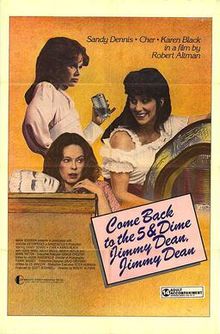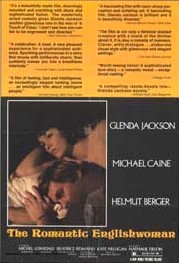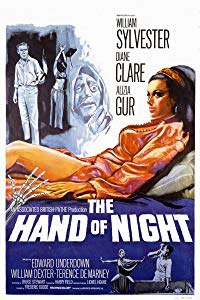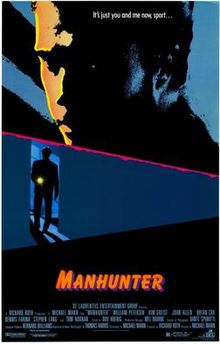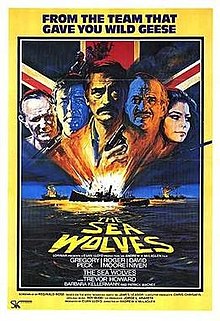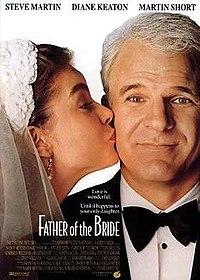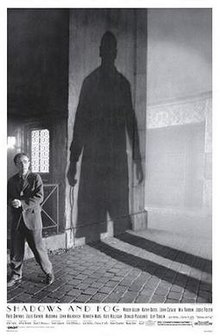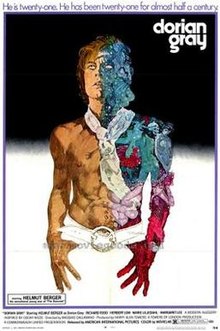
You were always the guy in the suits. Long Island, New York, 2002. Dr. Frank Tassone (Hugh Jackman) is the superintendent of Roslyn School District which oversees Roslyn High School. Frank, along with his assistant superintendent Pam Gluckin (Allison Janney) have overseen major improvements in the district, with Roslyn becoming the 4th ranked public school in the country under their watch. This in turn stimulates the local economy, reaping rewards for school board head and real estate broker Bob Spicer (Ray Romano). Frank is beloved by students and parents alike, and sought after by women; Frank claims to have lost his wife several years ago, but is in fact gay, living with Tom Tuggiero (Stephen Spinella) in NYC. While attending a conference in Las Vegas, Frank begins an affair with former student Kyle Contreras (Rafeal Casal) who has given up his dream of writing sci fi for waiting tables and dancing. While writing an article for the Roslyn school paper about an $8m sky bridge the school is planning to construct, student reporter Rachel Bhargava (Geraldine Viswanathan) begins to discover discrepancies in the district’s finances. Unbeknownst to anyone at the school, Frank and Pam are co-conspirators in a massive embezzlement scheme that has cost millions of taxpayer dollars and her steady research leads all the way to the top and when Frank gives up Pam there will be hell to pay ... We come in here at the crack of dawn because we’re good people. We want you to have a good life. Adapted from Bad Superintendent, a story by Robert Kolker in New York magazine by Mike Makowsky, who was a middle school student in that school district when Tassone was arrested for grand larceny. Viswanathan isn’t a particularly interesting performer but she does what all journalists have done since watching All the President’s Men – she follows the money. It’s dogged old-school reporting stuff, looking at purchase orders, not finding receipts and then questioning everyone concerned. It’s fun to see those moments with her doubtful student paper editor Nick Fleischman (Alex Wolff) doing a junior Ben Bradlee. The moment one hour in where she finds the so-called offices of the school’s pamphlet producer and realises it’s Tassone’s plush apartment where he’s co-habiting with a man is brilliantly done – capped when Tassone arrives and sees her desperate to leave the building. Jackman is superb as a charismatic man with many secrets, utilising his ability to psychoanalyse everyone around him to get the better of them since he seems to care so much about them. For the longest time we don’t even know the extent of his involvement as information is drip fed slowly through the narrative. His vanity is reflected in the scenes with him attending to his cosmetic routine, culminating in surgery. Jackman finds ways to plumb the breadth of the character and elicit empathy, stealing our hearts as easily as expensing first class flights to London with his boyfriend and deflecting come-ons from women in the parents’ association book club. Janney is superb in a chewy role – able to talk her way out of trouble, trying to buy her children’s affections even when her son is a total loser and ultimately choosing the path of revenge. Erring more on the dramatic rather than the comedic side of genre, this gives a rare insight into white collar crime – the quotidian corruption that afflicts cosy cartels running public bodies leading to those occasional stupefying headlines when you see something has gone bust yet all the admin people are living high on the hog while their workplaces are falling apart with damp. The sidebars about food intake, digestive issues, cosmetics, clothes, jewellery, pushy parenting and spoiling wrong ‘uns are well judged subplots amplifying the drudgery of the teaching environment and the desire to rise above the mere plebs. It’s wordy, it’s smart, it’s filled with people covering their asses and it’s called the ring of truth. Directed by Cory Finley. I am not the sociopath here
